In the interest of full disclosure, The Unaccompanied Flyer earns monetary compensation on selected links. When you click on an affiliate link, I may receive compensation for your purchase(s) through said link. These affiliate links are noted at the beginning of each post. Thank you for your continued support.
United Airlines Enforced Non-Revenue Dress Code Policy, Twitter Went Crazy
Intro: As the family member of an airline employee, I have the ability to fly as a non-revenue standby traveler. I’ve had the ability to non-rev for the last six or so years. Having the ability to non-rev has directly influenced my love and passion for aviation. Non-revenue travel also got me into frequently flyer programs and airline points/miles. Non-revenue is a fantastic privilege, and like any privilege, it comes with expectations you’re expected to abide by.
Background
If you’ve been active on social media on Sunday, you’ve likely come across a story involving two pre-teen girls not being allowed to board a United Airlines flight due to their apparel. The two girls were traveling with their father on a United Airlines flight from Denver to Minneapolis. According to United Airlines and various users on Twitter, the two girls were wearing spandex yoga pants and were not permitted to board. This sparked outrage among Twitter and social media users.
Shannon Watts, a women’s rights activist, originally Tweeted at United Airlines about the incident. Her Tweets can be found below.



While I appreciate Ms. Watts’ concern for the girls, her Tweets went viral before the full story was made available.
United Airlines Tweeted details about the incident. United explained that the reason that the girls had to change clothes was that they were United Airlines pass riders and were in violation of United’s pass rider dress code. By violating the pass rider dress code, the girls were in violation of United’s contract of carriage and therefore, were not allowed to board.
The Tweets are still viral, and the Associated Press recently picked up this story. Journalists across the United States have picked up this story and claimed that United Airlines is “sexist” and policies women’s clothing. However, what many have failed to realize is that the girls were pass riders. AKA, non-revs.
Affiliate Ad-
There’s not much time left to earn 24,000 bonus Alaska Airlines miles. Get that much closer to your next award redemption on Alaska Airlines or any of their partner airlines.

What Does Non-Revenue Travel Entail?
Before I began blogging and traveling like I do now, my travel consisted entirely of non-revenue travel. With that said, I feel pretty comfortable talking about what it’s like to fly non-revenue standby and why I avoid flying as a non-rev as much as I possibly can.
If you’ve been reading about the incident of following it on social media, you’ve probably heard a variety of terms and phrases used to refer to non-revenue travelers. United Airlines referred to the girls as “pass riders.” Pass riders are non-revenue standby travelers. Other terms used to describe non-revenue travel include “buddy pass” or “employee travel.”
Flying as a non-revenue standby traveler differs from airline to airline. However, virtually every airline’s employee travel program features these characteristics. Non-revenue passengers fly standby. Unless there are open seats on a flight after all revenue passengers (including revenue standby and upgrade passengers) have been accommodated, non-revenue travelers won’t be allowed to board the flight. Non-revs only fly when there are seats open.
Non-revenue standby travelers must also abide by a set of rules and guidelines the airline has put in place. These rules and guidelines pertain to the prioritization of non-revenue travelers, reminders about always putting revenue passengers ahead of you, turning down in-flight services, code of conduct, listing for non-revenue travel, buddy pass travelers, and dress code. The degree to which the rules and guidelines are enforced varies from airline to airline and employee to employee.
There Is a Dress Code for Non-Revs, and It Should Be Enforced
All US airlines have a dress code for their non-revs. This dress code has undergone serious changes in just the past few years. The big three, American, Delta, and United recently revised their policies to allow non-revs to wear jeans, t-shirts, and tennis shoes in the First Class cabin. However, United Airlines is considered the most strict airline when it comes to their dress code and the enforcement of the dress code.
As mentioned above, the girls weren’t allowed to board unless they changed because they were in violation of the non-rev dress code. United Airlines’ non-revenue traveler dress code is as follows;

Whether or not you think the dress code is too strict is another story. The bottom line is that the girls involved in the incident were not following company policy.
My Thoughts on the Non-Rev Dress Codes
I approve of United’s dress code, and I wish other airlines had stricter pass rider dress codes. My understanding is that non-rev travel is a privilege and should be treated as such.
When I non-rev, I’ve been taught over the years to understand that I am representing the airline. My appearance, how I act, and what I say is directly representing the airline. Additionally, I am receiving a service free of charge as part of a privilege and benefit. This is why I never blog about non-revenue flights and why I’m happy to follow a dress code.
One way to look at this is through an example I often experience in high school. I’ve represented my school in multiple scenarios. I’ve been a delegate in Model United Nations conventions, I’ve attended fine arts presentations at local theaters as a class, and I’ve met Wall Street executives when our business club traveled to New York. In each scenario I have presented, we were representing our school. Aside from being expected to behave like mature young adults, we were expected to dress appropriately. Whenever I represent my school, I wear a sports jacket, button up shirt, chinos, and dress shoes. I know that this will present my school in a positive light and I’m happy to wear formal attire to represent my school.
When employees, the family of employees, and their friends travel as non-revenue passengers, they are representing the airline for which the employee works. This is why there is a dress code. The airline wants their employees, the family of employees, and those who are traveling on buddy passes to wear proper attire and follow a dress code.
I think this dress code should be stricter and should include having to wear business casual appear when traveling regardless of the cabin. It just seems like the proper thing to do. Non-revs should follow a dress code because they are representing the airline.
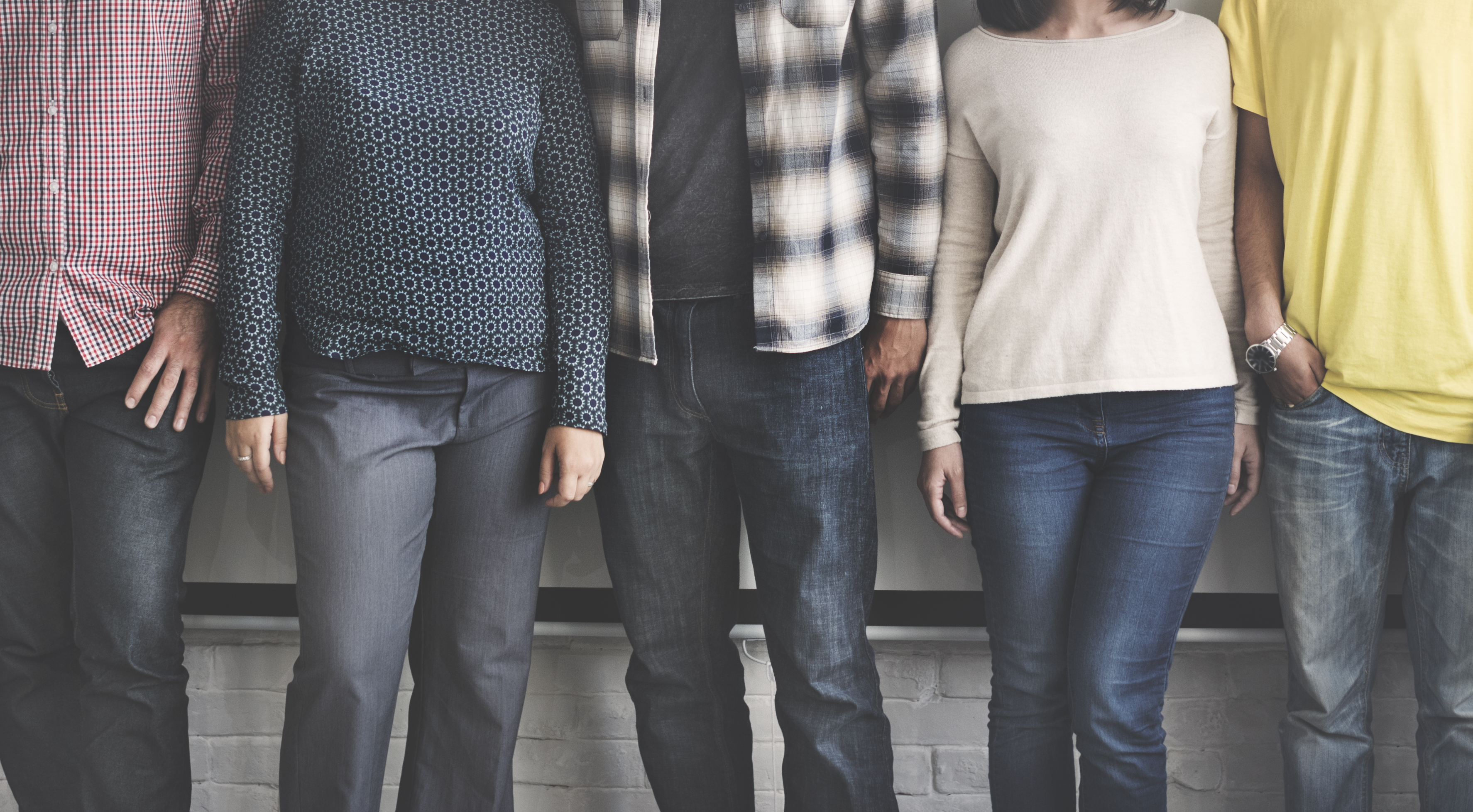
The United Airlines Incident Involved Two Teenage Pass-riders Who Didn’t Follow the Rules
United Airlines enforced their non-rev dress code today. United’s dress code states that pass riders cannot wear spandex. Period. I fully support this as I believe that business casual apparel should be worn by pass riders whenever they travel non-rev. I don’t approve of male pass riders wearing gym shorts or sweat pants. It’s out of respect and to better represent the airline on which they are traveling.
The passengers this morning were United pass riders who were not in compliance with our dress code policy for company benefit travel.
— United Airlines (@united) March 26, 2017
Overall
I am saddened that this became such a big story. United Airlines has a dress code for their pass riders. Pass riders on all airlines are instructed to know the rules and guidelines before they travel as non-revenue standby passengers. As part of the privilege of free and discounted flights, they are told to understand that they are representing the airline and are to behave better than the best-behaved revenue passenger. The girls in this incident did not follow the dress code. They broke the rules. They were told to change. That’s the end of the story. You might disagree with the dress code but, as I said earlier, that’s a different story.
What you do you think about non-revenue traveler dress codes?




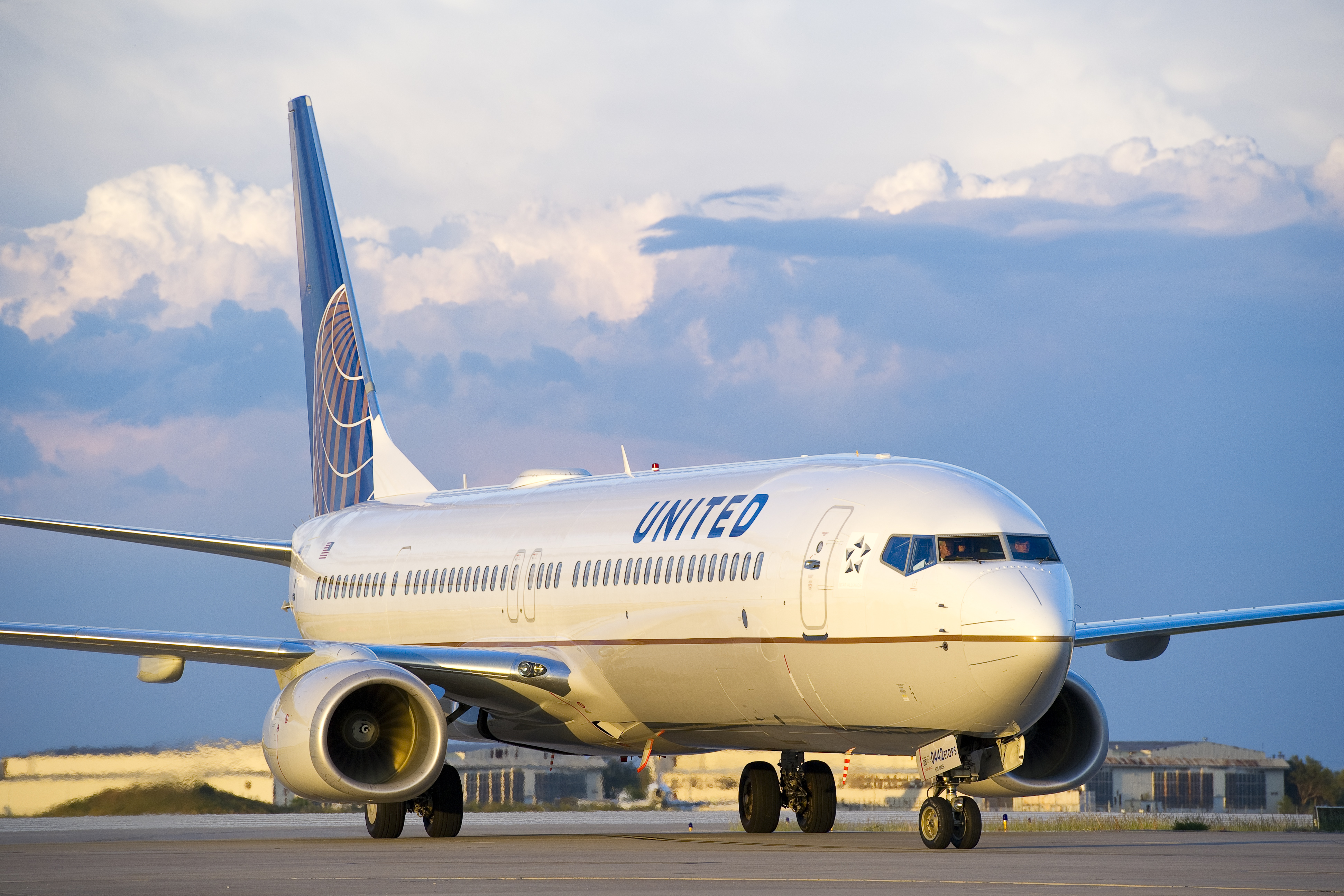

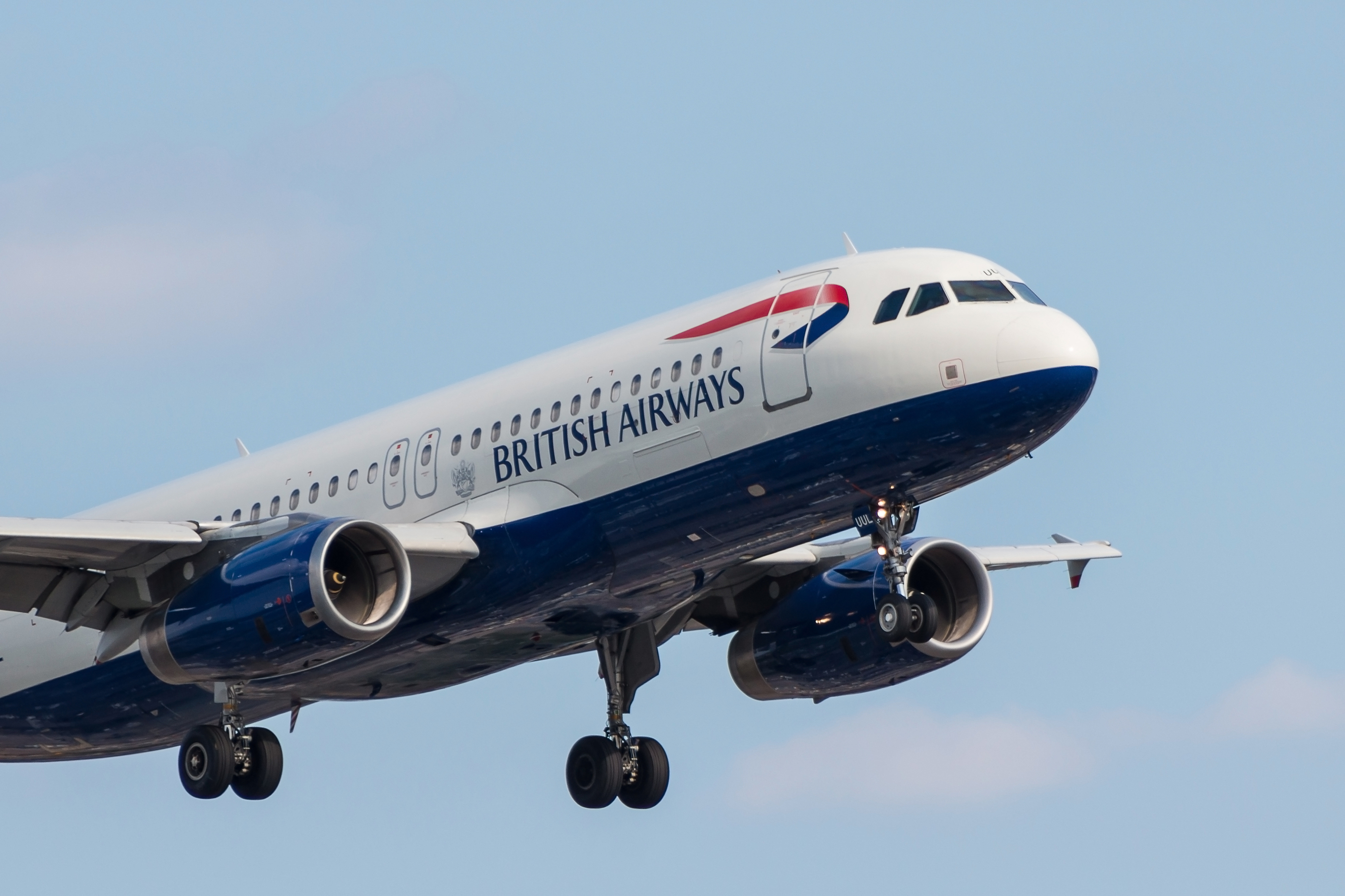

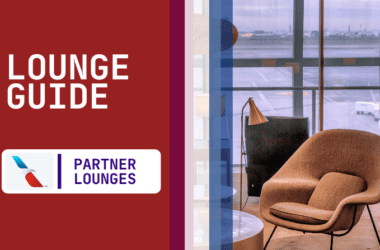
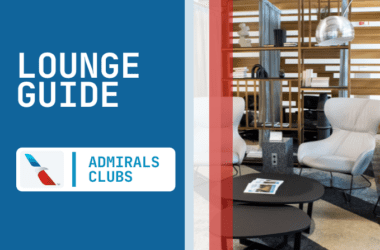

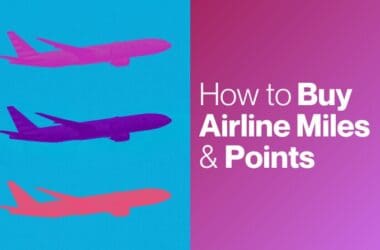
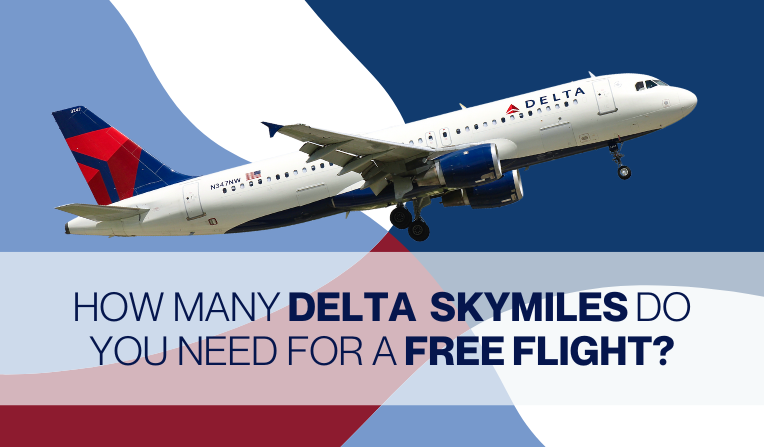
What you fail to mention is the sheer indignity of non rev travel. After the stress and anxiety of whether you will get on the flight or not, often spending days trying to get on a flight, the FA’s and GA’s often think it is ok to be unbelievably rude to you because you are ‘flying for free’. It is not free. The airlines pay employees less than market rates because they supposedly make non rev travel available. Being treated like garbage on your own airline because you are a non rev traveler is an offensive experience. If you asked around you would be amazed at how many non-rev eligible workers refuse to fly non rev because of the hostile treatment and sheer rudeness of FA’s and gate agents. Easy to dismiss this one instance of the young ladies in spandex but not so easy to explain why people who could fly ‘for free’ refuse to do so and buy tickets to ensure that they have the right to complain when they are treated like dirt.
Totally stand behind United!
How many presidents who have been elected have defiantly rejected the expected, or promised, traditional protocol, willfully and proudly, while also distorting and/or ignoring the many other ‘appropriate’ requirements/LAWS, that apply? Can this situation possibly apply, reflect, affect, or even EXCUSE the relatively parallel example. Is this an ‘entitlement’ that is being challenged ultimately?
I agree with all you have stated. However, as an airline employee for over 40 years United as well, when you are scolded at the gate because you are not dressed appropriately because the gate agent has attitude or power over your destiny at the moment, it’s humiliating. I have seen this many times as a pass rider and I have even experienced it. I have stated that the gate agent and the supervisor could have handled the situation with more tact and discretion. United has a policy of treating others with dignity and respect, but only when it suits management’s purpose.
I’ve been an airline employee for over 23 years, that’s almost half my life, and have never found it difficult to follow the dress code nor have any of my friends/relatives that have used my passes. I enjoy my job and the perks that come with it, so I do what I can to make sure I get to keep them.
I’m a non-rev too, I agree, there are rules and we need to follow them. But do you really believe they should be even stricker? They use to be so much tougher. As children, being on long haul flights in full tights and dresses was not ideal. Fancy dress shirts and shoes only, that’s implying the whole family can afford full fancy outfits and that’s a bit discriminating.There are plenty of minium wage employees working at these airlines. Especially since times have changed and no one is dressed up for a flight. Seats are getting smaller, you have to bring your own food on board, it’s not exactly a glamorous experience…. Lots of people get perks working for their companies, being polite and representing a company can be enough. I feel bad because I’m sure this person will have their flight privileges removed from them as well as the employee.
It would seem that Shannon Watts bears most of the responsibility for this mis-understanding because she tweeted indiscriminately without presenting critical facts. I suspect her credibility has suffered as a result. Justly so.
A) I get that there are rules.
B) I don’t get how I would know that anyone on a flight with me is a ‘non-revenue’ traveler. Especially children.
You wouldn’t, and that’s the point. They are not supposed to stand out. The only way you can tell (sometimes) is if they’re [usually] dressed well and board toward the end of boarding, if it’s a full flight.
That’s not for customers to know. Only cabin crew and sometimes flight deck knows about non-revs. Why would you want to know who is a non-rev? That’s part of the problem, people getting into other’s business
Yep, not supposed to stand out. But this is the problem. By forcing a dress code, it actually has the effect of making them stand out. So they are defeating their purpose. Should the travelers have dressed appropriately? Sure
But given that these were younger women, they may not have been aware that they were actually in violation. And in this specific case, just because the gate agent felt the need to enforce, they actually brought the issue to the fore by forcing the young ladies to change. What were the fellow travelers supposed to think at that point? So in effect, United directly caused their own unwanted publicity by their gate agent’s actions.
I think the stricter dress code may have had its day back when the general public thought it was a big thing to dress in a suit and tie just because they were traveling. It would have made sense to have rules like this so the non rev travelers fit in. But it’s an arcane rule today. And hopefully this incident will bring needed focus to how outdated these arcane rules are.
“What you do you think about non-revenue traveler dress codes?”
I’m not clear how the airline benefits from a non-rev dressing up a bit, if no one except the airline knows they are non-revs?
Everyone benefits from good behavior on the plane. In this case a dress code is part of that and when you allow non-rev’s to set the precedent then it just encourages everyone else to follow suit. Known or not, when you represent the airline you have a chance to be either a positive role model or a negative one.
The two most disturbing things about this story are:
1. It got massive public attention due to an ignorant busy-body.
2. Many of the public comments side against the airline.
I have very little good to say about United Airlines – my worst airline of all time. However, in this case, the airline is right. Whoever gave the buddy passes to the girls, it is their responsibility to inform and emphasize to the girls that there is a dress code for non-revs and there is no debate or argument about it. If they objected to it, they are free to pay the full price and then they can wear whatever they damn well please. This never should have blown up. The rules are similar with ALL airlines. The employees are given this privilege and it is to be respected and this is spelled out in detail to every employee of every airline. The employee will very likely be fired or at the very least severely reprimanded. The meaning of a buddy pass is that that person represents the employee who gave it to them. How do I know this? I’ve been a buddy-passer and dress code AND behavior was explained to me in detail by the one who gave me the buddy pass. END OF DEBATE. You no like rules, you are free to pay. No problemo.
How many Americans are happy as can be to dress like COWS for free Chick-Fil-A? But, asking someone to dress appropriately for a free flight is beyond us….. If I had a free flight and they told me I had to wear a clown nose to take it, I’d have it on if I wanted that flight. When someone else is paying your way, they should get to dictate the rules. If you don’t like it, feel free to buy your own ticket.
Kim,
I will say that American culture is very casual and often “sloppy.” However I think you’re missing the point with regards to what non-revenue travel is. No one is paying for a ticket. The airline is simply allowing employees, their families, and select few friends fly when space is available.
A common narrative I hope to dispel is the notion that non-revs “get” free flights. That’s not the case. Non-revs get to fly when there’s open space. Because that seat would have gone unfilled, no none is paying for that pass rider to fly.
-Max P.
Nope, didn’t miss the point. The point is that they aren’t paying for the flight and therefore, the airline, providing the flight to them without cost, has a right to dictate the terms of that non-rev flight. It is, for all intents and purposes, a free flight with strings attached. I have friends who fly non-rev and I am aware of what it entails. The airlines get to define the rules. If you don’t want to follow them, feel free to buy a ticket. These people wanted to be their sloppy selves and not pay for a ticket. My point is that Americans will do all sorts of stupid things for something at no cost. Yet, this is being made into the biggest issue ever. All they had to do was follow the rules and they chose not to.
AA still has service charges for D3s
Dress codes are part of non-rev flying, it’s called respect. Don’t want to follow the rules? BUY your ticket.
Max
Please answer one question for me. Why is it so difficult to follow the rules? The fact that these two girls family did not buy these tickets. United airlines has a policy. If you cannot follow the policy do not get on the plane. If you want to gripe about it or you don’t like it, don’t get on the plane. It’s plain and simple.
Max, I think YOU misunderstand some things about non-rev flying. True, no “one” person is paying your airfare, however, the airline as a whole is really picking up your tab. Your non-rev body adds weight to the aircraft and so “weight and balances” dictates adding the appropriate amount of fuel to the aircraft. “Non-Rev” travelers are, in fact, getting a free ride, depending on the airline and their seniority, as long as an empty seat is available and your seniority can hold it.
I think preventing two girls from boarding a plan for wearing leggings is ridiculous. Do the non-revs wear big signs that say they are non-revs? No? Then why should have have to dress differently than any other passenger, especially children.
I’m an Airline employee. Non-rev travel is a privilege not a right. We get to travel *For Free* (or extremely discounted) on most carriers. When we travel non-rev we know that we are subject to that carriers specific rules and guidelines for allowing us to fly for free on their Aircraft. I guarantee 100% if I showed up in shorts and flip flops I would be denied boarding as a Non-rev traveler.
riverchild27,
I think you misunderstood why it was an issue. When employees, their family, and their friends travel non-rev there are rules and guidelines that apply to them. One of these rules is that they must follow a dress code. Non-revs (regardless if you know that they’re non-revs or not) represent that airline. They must behave better than the best behaved revenue passenger.
Imagine if a friend gave me a free ticket to a play in a company seat. What if I showed up in shorts and a t-shirt and sat right there in the company seat. It wouldn’t look good. I was representing the company at that play.
That’s why non-revs follow a dress code.
-Max P.
Because they were given their tickets for free and they agreed to follow the incumbent rules. They are not the same as a paying passenger. As I mentioned before, they either set a positive example or a negative example and it’s ridiculous for the airline to have to pay for a negative example.
I agree with you as well. Quite frankly, I’m not sure why this story had been blown out of proportion to the extent that it had. I am not a non-rev, but if I were, I would stick to the requirements as closely as possible. United was within their rights to deny boarding in this case if passengers didn’t stick to the policy.
I agree with you 100%, Max. Both of my parents used to work for airlines, so I flew non-rev as a kid quite a bit. I remember they always made me dress up to avoid this very scenario. United was within their rights in this instance. CNN and other news outlets, once again, don’t paint an accurate picture for the public.
Air Canada also has a similar policy:
https://www.pionairs.ca/categories-english/districts-english/quebec-district/quebec-quarterly-news/sentinel-89/air-canada-news
I concur. I am also a non-revver, which in turn motivated me to get into the miles game. After you sleep in enough airports as a result of not getting on a flight, you really start to value being confirmed. Rules have been relaxed greatly through the years. When I was quite young, I had to wear a tie. Later the rules were relaxed to a shirt with a collar and slacks, and fairly recently, jeans. I’m thinking most airline’s non-rev rules can be boiled down to this: be as close to invisible as possible.
What this story is really illustrative of is how the SJW mentality today is to shoot first and ask questions…never. Pretty ironic.
Th solution is to ban these people from flying again. Seriously what kinda parents brought up kids like that dressing so shamefully for flight travel with other passengers. You are riding your father’s car
Well said. But it should also be mentioned that if these pass riders were on Buddy Passes, then it’s on the employee who gave them the passes, as they are responsible for the buddy’s behavior, and making sure they are aware of the rules. This employee will likey have their pass benefits suspended for not doing that, if not something worse, considering the bad publicity that was generated by this incident.
And that’s why I don’t offer Buddy Passes as a retired US Airways employee. You never know if they will abide by the rules (unless you go with them). I’d hate to lose my travel privileges!
I only gave mine to other airline employees who knew how it worked, that is if it was cheaper for them to use a pass than buy an ID-90/95.